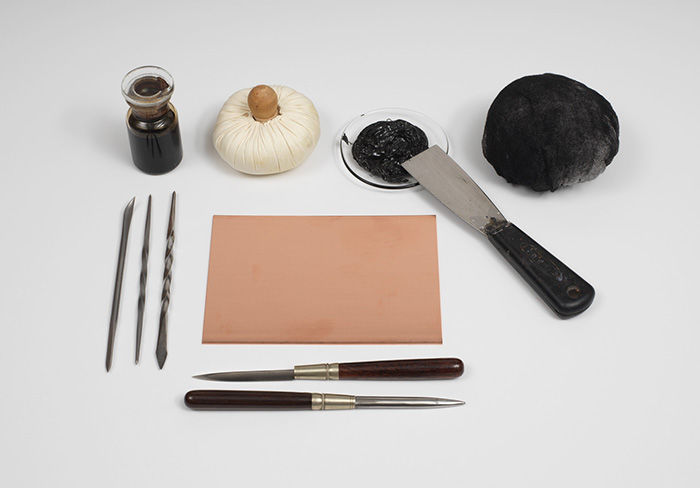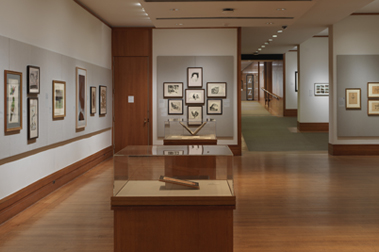Sawley Abbey
Sir Francis Seymour Haden British
Not on view
Seymour Haden was the unlikely combination of a surgeon and an etcher. Although he pursued a very successful medical career, he is mostly remembered for his etched work as well as for his writings on etching. He was one of a group of artists, including James McNeill Whistler (1834–1903) and Alphonse Legros (1837–1911), whose passionate interest in the medium led to the so-called etching revival, a period that lasted well into the twentieth century. The extolling of etching for its inherent spontaneous qualities reached its pinnacle during this time. While the line of the etching needle, Haden wrote, was "free, expressive, full of vivacity," that of the burin was "cold, constrained, uninteresting," and "without identity."
Three sheep in foreground, two at right facing front, the other facing back, seated in the grass; a meandering river at left opens into a pool in background; various small houses and the ruins of an abbey seen at center in background; a flock of sheep in distance, at left.
"The Ribble, a principal river of Lancashire, was well-known for salmon fishing.
State VI (H1). All but three of the foreground sheep, added in state V, removed. The lines in the sky at the center and left removed, leaving this area clear, faint trees added on the left distant hills."
[Source: Schneiderman, p. 283]
"Published State: First.- Only three of the sheep are left in the foreground. The lines in the sky to the left are removed, leaving it quite clear, and trees are added on the hill in the extreme distance on the left."
[Source: Harrington, p. 73]

